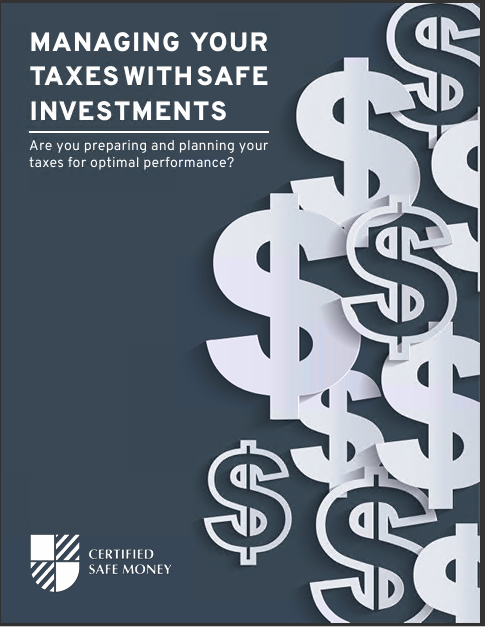Following the financial challenges brought by COVID-19 in 2020, 2021 was a banner year for many medical professionals. We’ve spoken with several dentists who saw their income increase by 20% last year, despite dealing with temporary office closures and people canceling or delaying appointments due to the pandemic. This position creates a unique opportunity for these professionals: How to invest this windfall best while still minimizing their 2021 tax burden. And, because business owners can file their 2021 business tax returns until Sept. 15 if they extend their tax returns, there is plenty of time to make the most use of any increased income while still cutting taxes. Here are four suggestions for immediate action. Create a 2021 Cash Balance Pension Plan Many medical professionals are unaware that they have the option to open and finance a cash balance plan for the 2021 tax year until they complete their business return, including extensions. In the first quarter of 2022, for example, a client was able to save an additional $200,000 with a cash balance pension plan. That decision will save them significant money on their tax return in 2021. Like a traditional pension, a cash balance plan gives business owners the option of a lifetime annuity. Cash balance plans, unlike pensions, create an individual account for the owner. These plans are appealing because they allow medical professionals to potentially save a significant sum for retirement each year in a tax-deferred retirement savings account. When the owner reaches retirement age, they can choose to take their savings as an annuity over several years or as a lump payment. It’s a terrific tool for people who saw a business return in 2021 to catch up on retirement savings while paying less in taxes. Improve Your Retirement Strategy for 2022 Many medical professionals employ the same retirement plan strategy year after year without giving it much attention, but now is a perfect moment to reconsider modifying its structure to allow for additional savings. Consider implementing a 401(k) plan if you only have traditional individual retirement accounts (IRAs). Medical professionals, like doctors or dentists, over the age of 50 can contribute $7,000 to a traditional IRA. While additional variations and considerations exist, a 401(k) retirement plan allows individuals to contribute up to $67,500 each year, including profit sharing and potential catch-up contributions in 2022. While this won’t save you money on your 2021 tax payment, you can use the extra cash flow gained in 2021. There are numerous retirement plan designs to consider, so consult with your advisory team about all of your alternatives. Take Advantage of Your Equipment Expenses Until the end of 2022, federal tax law permits medical professionals to depreciate 100% of new equipment purchases, lowering taxable income. At the beginning of 2023, bonus depreciation is reduced to 80%, with a further 20% reduction each year until you can no longer collect bonus depreciation in 2028. If you want to purchase new equipment in the coming years, consider expediting your plans by acquiring it this year to take advantage of the 100% bonus depreciation. Of course, don’t make any needless investments if it’s not something you’ve already intended to buy, don’t do it. Set Up a Donor Advised Fund for Future Charitable Contributions. Many medical professionals donate thousands of dollars to their favorite non-profit organizations each year. We recommend establishing a donor-advised fund (DAF) for those who want to continue making donations for several years and want to earn a larger tax deduction in one tax year. A DAF allows anyone to donate and obtain a charitable deduction in one year while distributing the funds to one or more charities over several years. By doing so, one will receive a tax deduction at the time of the gift while simultaneously making a meaningful donation. For example, a medical professional who typically gives $20,000 per year could support three years of charitable giving by establishing a DAF and paying $60,000 to the DAF while deducting the tax in the current year. While the deduction helps offset high income, cutting taxes, the money might be distributed over time. This method works especially well when medical professionals sell their practice or have another significant one-time tax event. Because their taxable income and itemized deductions are much lower after retirement, they frequently rely on the large federal income tax standard deduction instead. For many medical professionals who own their own offices, 2021 was an unusual year. Taking one of these four steps can result in thousands of dollars in tax savings while also contributing significantly to retirement accounts for future financial freedom.
Contact Information:
Email: robertgay@credkeeper.com
Phone: 8777993433













